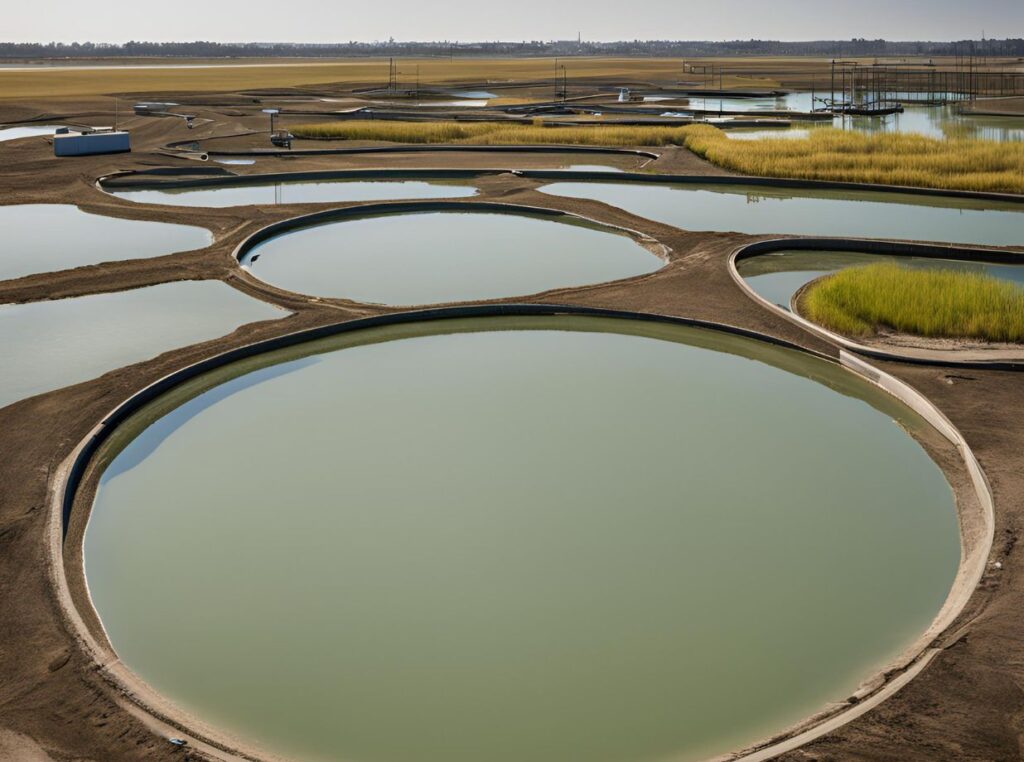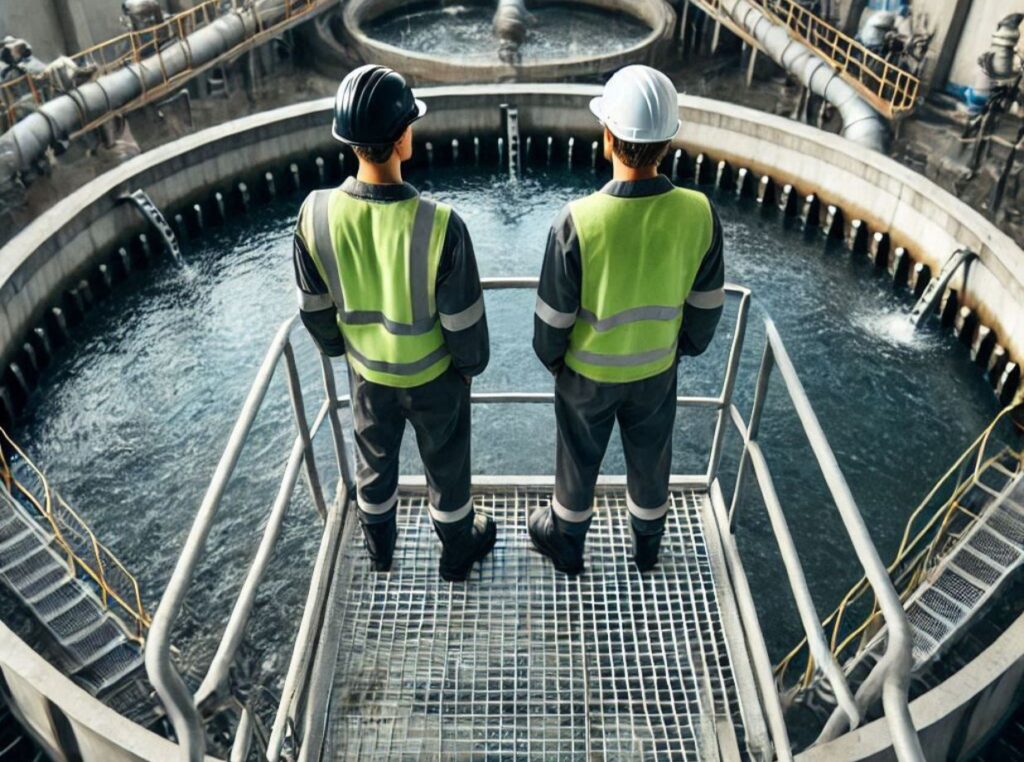Lagoon Systems Compared: Aerated vs. Anaerobic Methods
Have you ever wondered about the differences between anaerobic and aerated lagoons in wastewater treatment? These large ponds might not be something you think about every day, but they play a crucial role in managing waste and protecting the environment. By breaking down complex materials, these water-treatment systems help ensure that wastewater is treated in […]
Lagoon Systems Compared: Aerated vs. Anaerobic Methods Read More »









